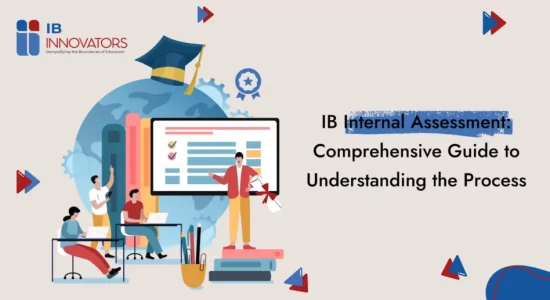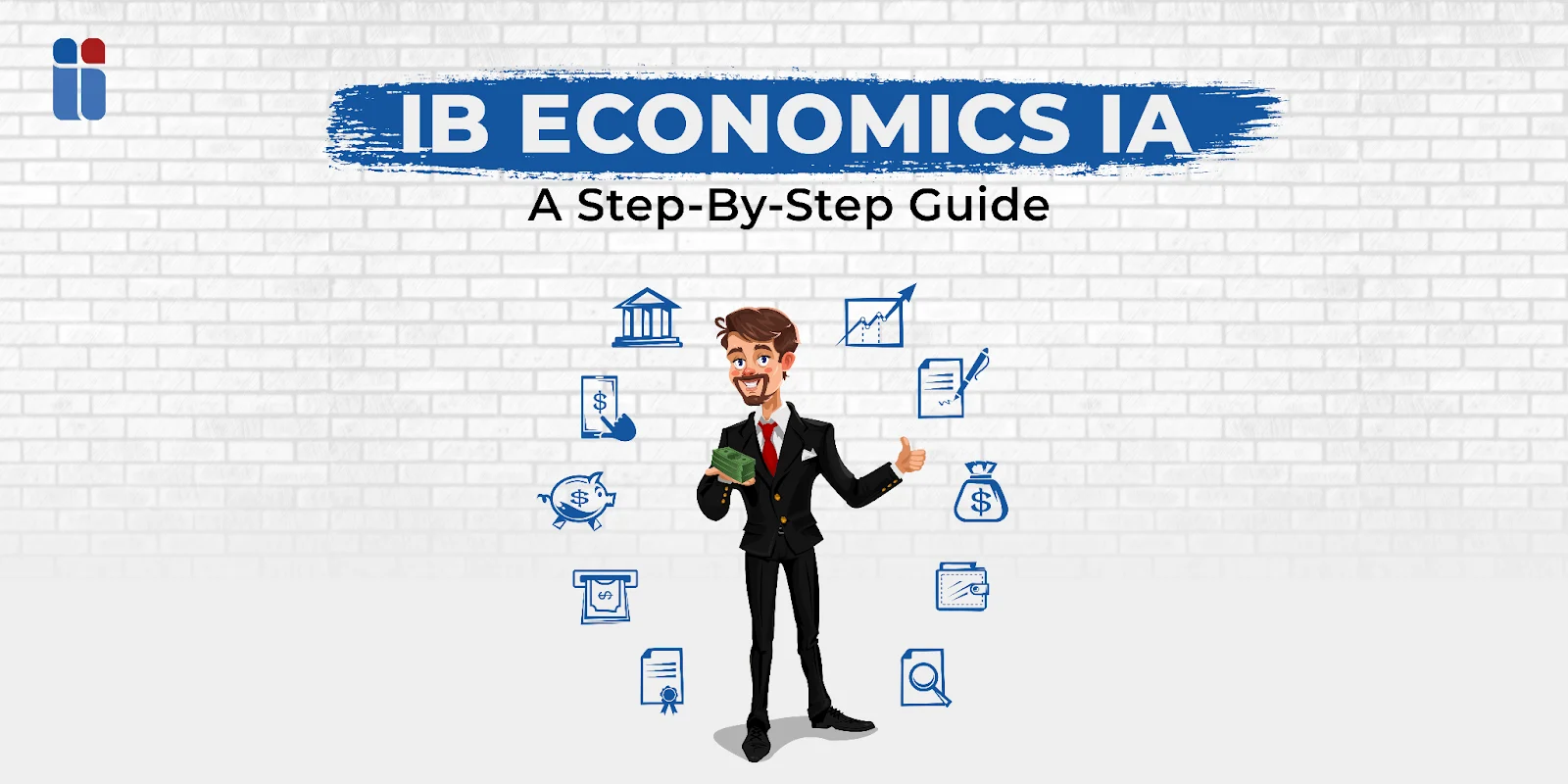The official results for the 2024 International Baccalaureate (IB) have been announced, revealing a slight increase in the average global score for the IB Diploma Programme (DP) to 30.32, up from 30.24 last year.
The pass rate has also improved, reaching 80%, compared to 79.35% in May 2023. Additionally, the average IBDP grade has risen to 4.85 out of 7, compared to 4.84 in 2023.
As these statistics indicate a positive trend, students can further enhance their success by harnessing the power of Internal Assessments (IAs).
The IB program is known for its rigorous academic standards and holistic approach to education, with the IA being a key component.
To help you excel in your IAs and overall IB journey, we’ve created a comprehensive guide.
This guide will simplify the complexities of the IB Internal Assessment and help you navigate this challenging aspect with confidence and skill.
Get in touch with us for IB tutoring and ace your IBDP exams with IB Innovators Expert Tutors!
What are Internal Assessments in IB?
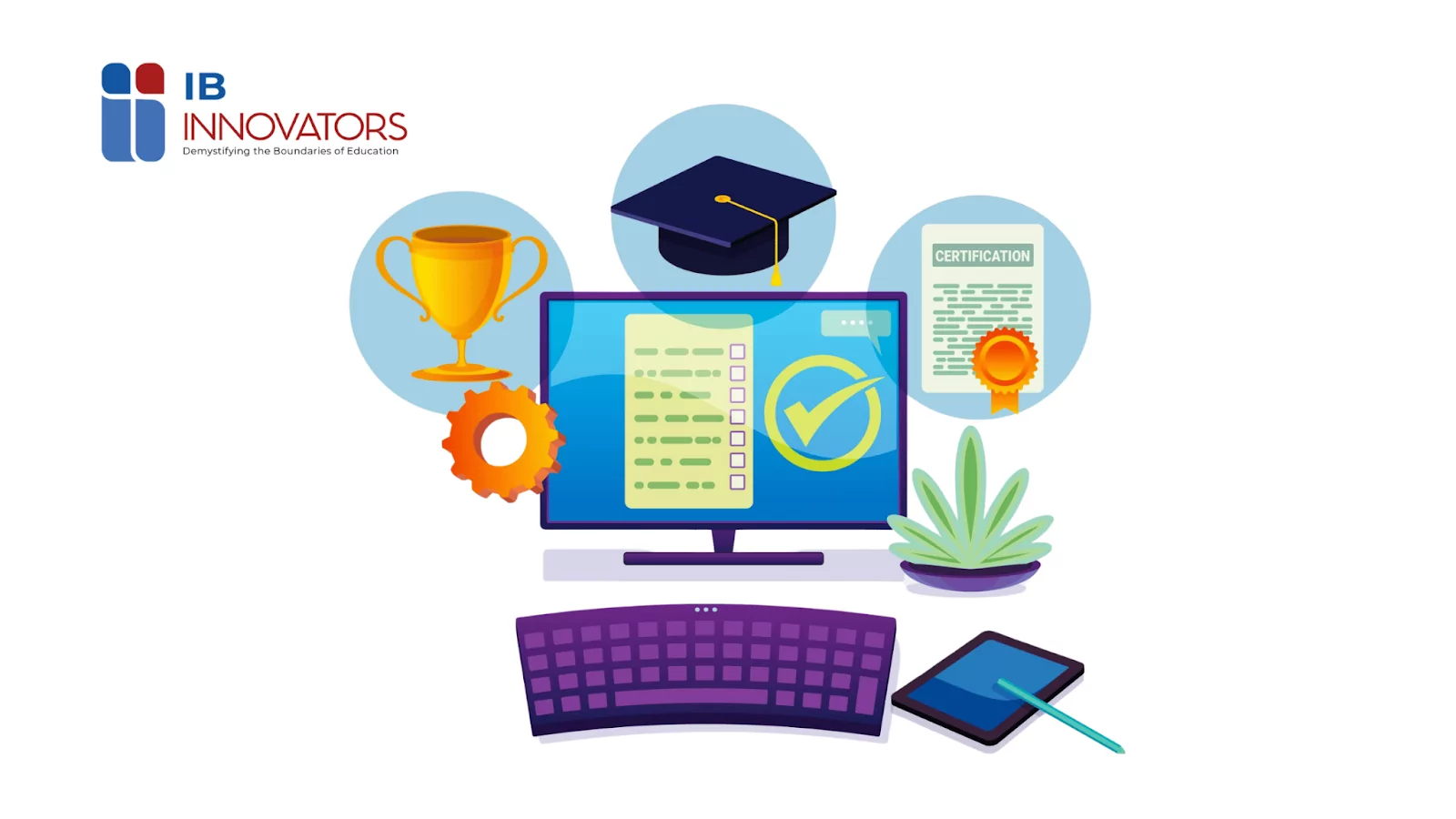
Internal Assessment (IA) within the IB Diploma Programme is a pivotal component designed to assess students’ skills and understanding through personalized assignments.
Unlike external examinations, which constitute approximately 70-80% of the final grade, IA contributes 20-30%.
It encompasses a range of activities tailored to each subject, such as experimental reports in sciences or creative projects in arts and languages.
Graded first by the subject teacher and then moderated by the IB, the Internal Assessment (IA) offers a nuanced evaluation of student performance over several weeks or months, usually in the second year.
The Purpose of Internal Assessments
The IA aims to evaluate students’:
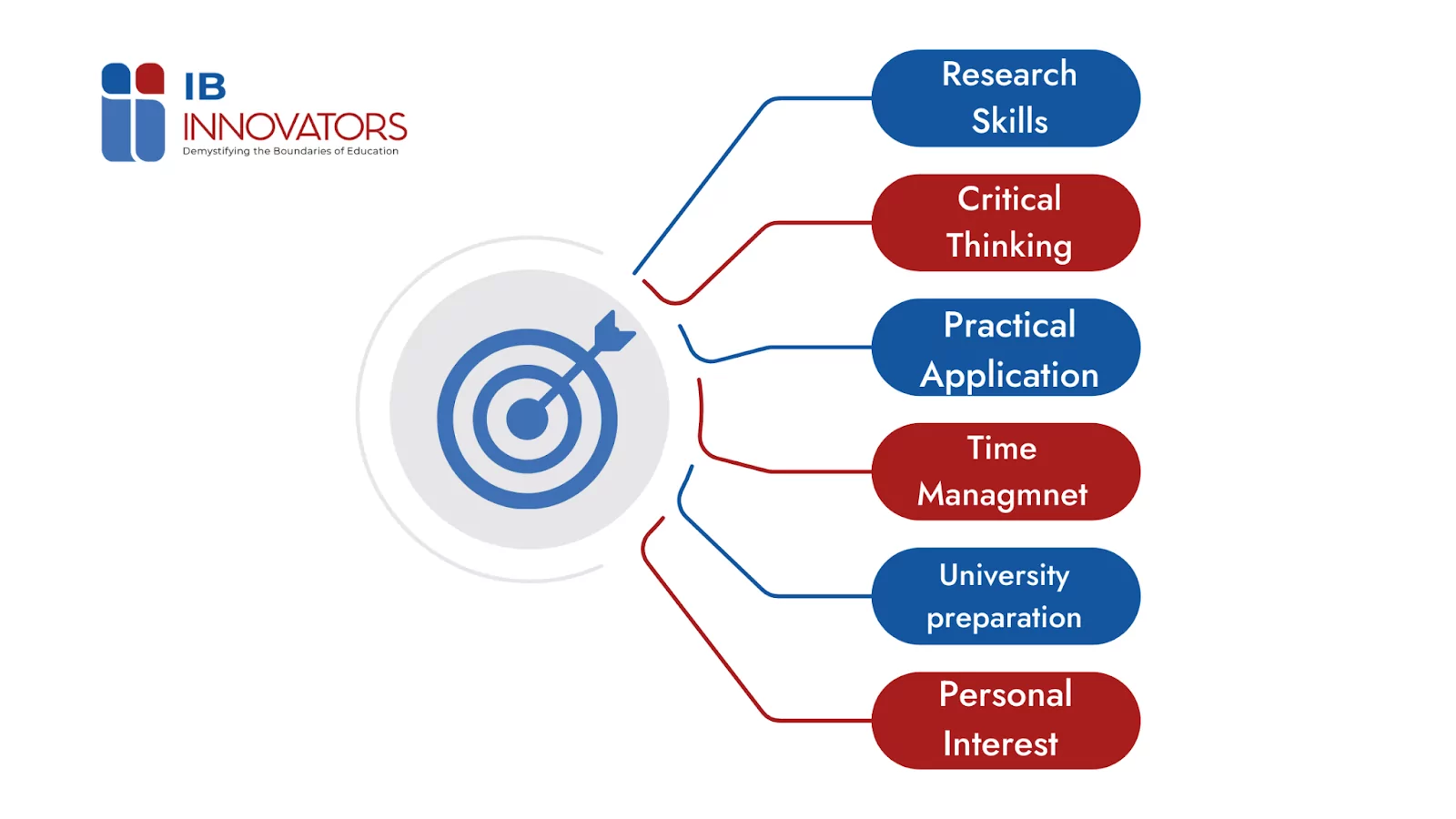
- Ability to gather, analyze, and interpret data.
- Capacity to evaluate sources and construct logical arguments.
- Skill in applying theoretical knowledge to real-world situations.
- Ability to plan, execute, and complete a project within a set timeframe.
- IAs prepare students for the type of work they will encounter in higher education, where independent research and long-term projects are common.
- Students have the opportunity to explore topics of personal interest, increasing engagement and motivation.
Types of Internal Assessments
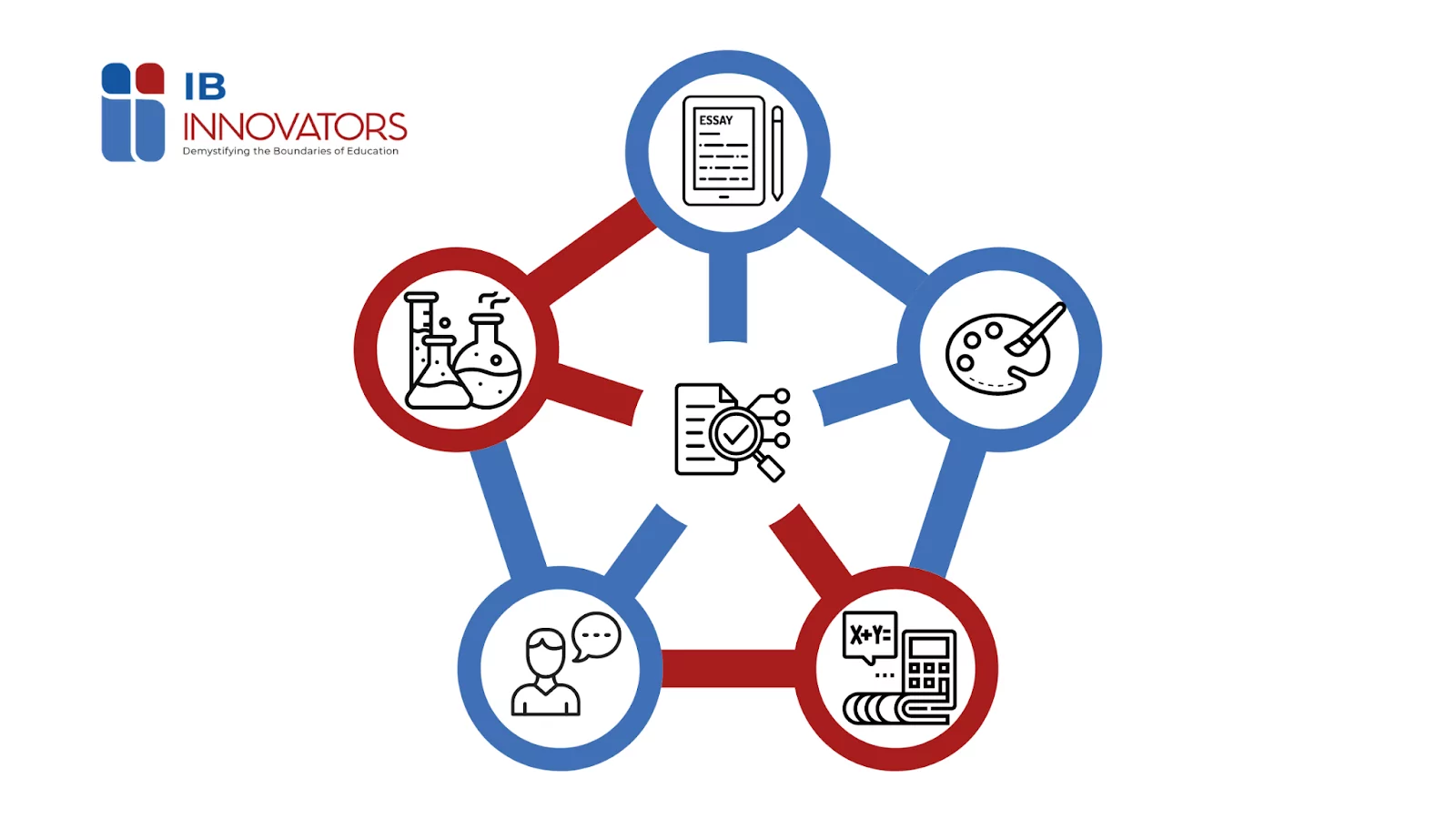
The nature of an IB Internal Assessment varies depending on the subject.
Here are some common types:
| Types | Subject | Description | Purpose |
| Extended Essay (EE) | Various subjects are chosen by the student. | A 4,000-word research paper on a topic of the student’s choice | Develop research, writing, and analytical skills. |
| Science Labs | Biology, Chemistry, Physics. | Practical experiments and lab reports. | Assess practical and analytical skills in a scientific context. |
| Oral Presentations | Language and Literature. | Oral exams or presentations on specific texts or themes. | Evaluate speaking skills and understanding of literary concepts. |
| Math Explorations | Mathematics. | Investigations into mathematical concepts or real-world applications. | Demonstrates the application of mathematical theories and problem-solving skills. |
| Art Portfolio | Visual Arts. | A collection of artworks and a written commentary. | Assess creativity, technical skills, and the ability to contextualize art within a broader framework. |
The Elements of Internal Assessments
While the IA format can vary widely depending on the subject, there are common elements and IA structure that most IAs share:
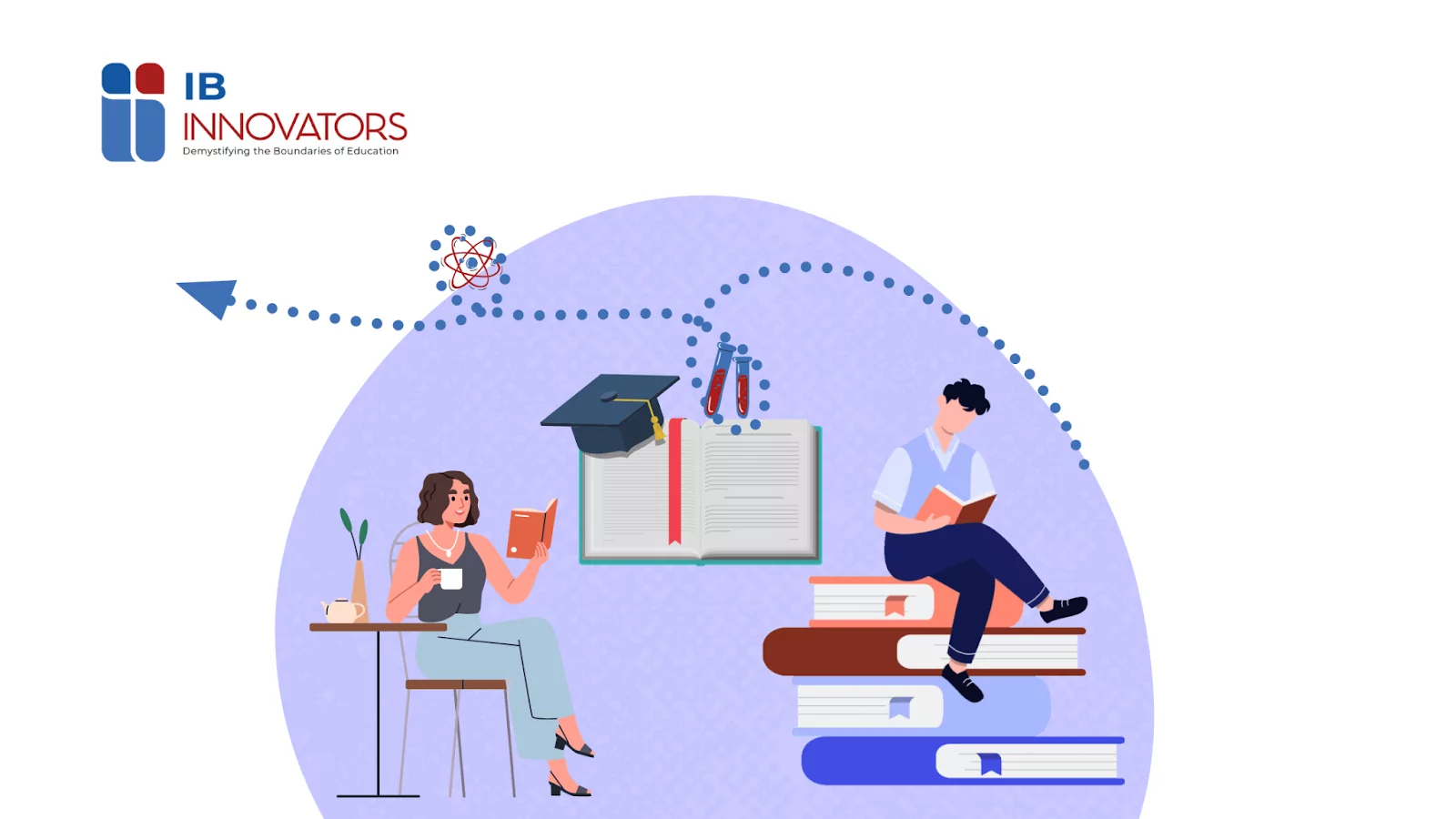
Structure
- Introduction:
You have to state the research question or objective clearly. Provide background information and context.
- Methodology:
Describe the methods used to gather data or conduct the project. Include any tools or resources utilized.
- Analysis:
Present and analyze the data or findings. Use appropriate tools, such as graphs, charts, or statistical analysis.
- Conclusion:
Summarize the findings and their implications. Reflect on the research process and suggest areas for further study.
- References/Bibliography:
List all sources used in the research. Follow the appropriate citation style.
Word Count and Deadlines
- Word Count:
The word count varies by subject but typically ranges from 1,500 to 4,000 words.
- Deadlines:
IAs are usually completed over several months, with specific deadlines set by the school.
Assessment Criteria
IAs are assessed on the clarity of the research question and appropriateness of the methodology, ensuring focused data collection.
Effective use of relevant concepts and theoretical knowledge is crucial. Strong analysis, logical argumentation, and evidence-backed findings are essential.
Finally, the report should be well-organized, clearly structured, and coherent to effectively communicate the research
Note! Teachers and mentors play a crucial role in the IA process. They provide guidance, feedback, and support throughout the project. Their experience help students to clear internal assessment. |
Comprehensive Guide on IB Internal Assessment
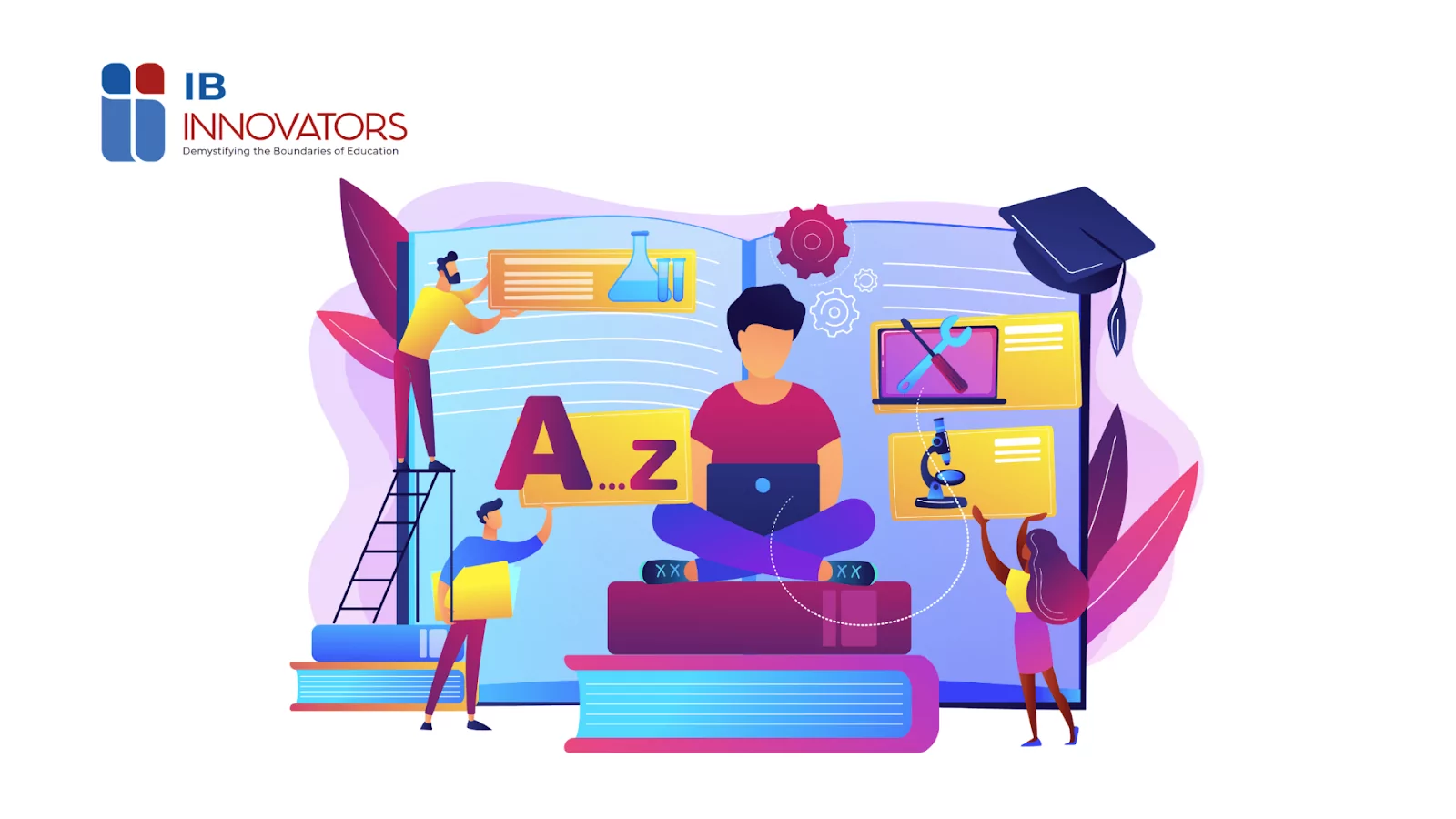 Conducting an International Baccalaureate IA program involves several steps, from choosing a topic to final submission.
Conducting an International Baccalaureate IA program involves several steps, from choosing a topic to final submission.
Here’s a detailed guide tailored to the specific needs of IB Internal Assessments:
Step 1: Choose a Topic
Select a topic that interests you and keeps you motivated and engaged throughout the process.
Ensure you have access to the necessary resources, data, and equipment to carry out your research.
Verify that it aligns with the subject-specific guidelines provided by your IB subject teacher and meets the IB’s assessment criteria.
Tip!
|
Step 2: Develop a Research Question
Formulate a clear and focused research question that:
Narrow down to a manageable scope that can be thoroughly explored within the constraints of the Internal Assessment.
Can be answered with the available data, resources, and methods.
Step 3: Plan Your Research
Create a research plan that includes:
Set milestones and deadlines to manage your time effectively. Identify the sources, tools, and materials you will need for your research.
Outline the procedures for data collection and analysis, ensuring they align with the IB’s expectations.
Step 4: Conduct the Research
Conduct experiments, surveys, or observations relevant to your subject area (e.g., science experiments, surveys for social sciences).
Utilize books, articles, academic journals, and online resources to support your primary data and provide a theoretical framework.
Step 5: Analyze the Data
Sort and logically categorize the data.
Use appropriate analytical methods to interpret the data. This may include statistical analysis, qualitative analysis, or a combination of both.
Create charts, graphs, or tables to present your findings clearly and effectively.
Step 6: Write the Report
Follow the structured format and ensure that:
Clearly state the research question and objectives. Provide context and background. Detail and justify the procedures used for data collection and analysis. Explain why these methods were chosen.
Thoroughly analyze and discuss the data. Compare your findings with existing literature or theoretical perspectives.
Summarize the key findings, discuss their implications, and suggest areas for further research in your internal assessment.
Properly cite all sources using the appropriate citation style (e.g., APA, MLA) as specified by the IB guidelines.
Tips!
|
Step 7: Review and Revise
Check for grammatical, spelling, and typographical errors. Seek feedback from teachers, peers, or mentors. Consider their suggestions and make necessary revisions.
Refine your report based on the feedback to ensure clarity, coherence, and alignment with IB assessment criteria.
Tip! Consider using online tools like Grammarly for additional help. |
Step 8: Submit
Ensure all required elements are included and that your report meets the IB’s format and submission guidelines.
Submit the IA by the deadline, making sure to follow any specific instructions provided by your teacher or the IB.
Remember! By following these steps, you can effectively navigate the process of conducting and completing your IB Internal Assessment, ensuring that your work is thorough, well-researched, and meets the high standards expected by the IB. |
Tips and Strategies to Excel in Internal Assessments
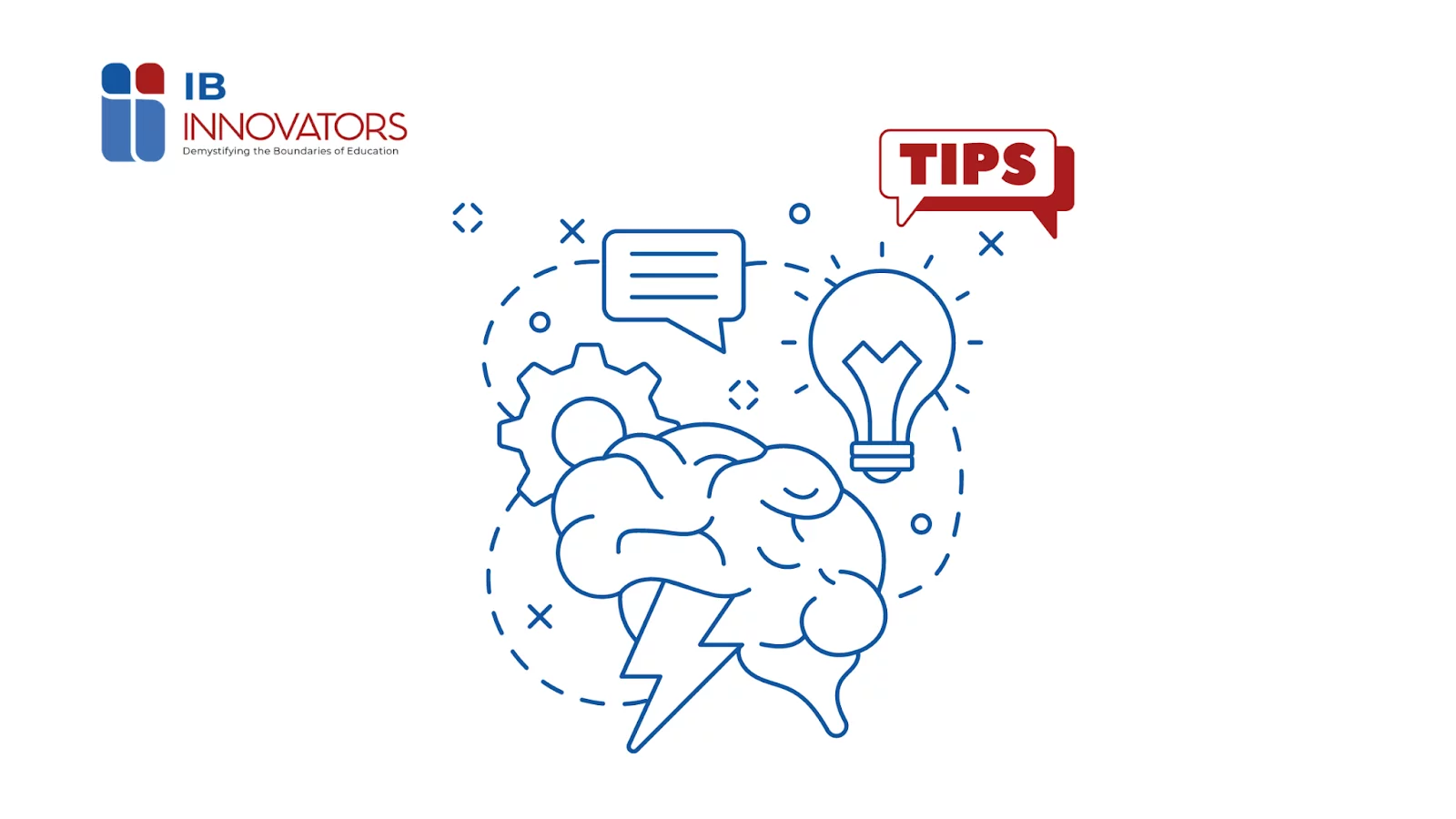
- Start Early
Begin your IA as early as possible to give yourself ample time for research, analysis, and revision.
- Stay Organized
Keep track of all your sources, data, and notes. Use tools like spreadsheets, planners, and citation managers.
- Seek Guidance
Regularly consult with your teachers for feedback and advice. They can provide valuable insights and help you stay on track.
- Focus on Quality
Prioritize the quality of your research and writing over quantity. A well-researched and clearly written IA will score higher than a longer, less focused one.
- Reflect on Your Learning
Include reflections on what you learned during the process and how it has contributed to your understanding of the subject.
- Use Visual Aids
Enhance your report with visual aids such as charts, graphs, and tables to present your data clearly and effectively.
- Revise Thoroughly
Review your IA multiple times and make revisions to improve clarity, coherence, and accuracy.
Final Thoughts
Excelling in the IB Internal Assessment requires dedication, planning, and a strategic approach.
By understanding the process, leveraging available resources, and seeking guidance, students can navigate the IA with confidence and achieve outstanding results.
The skills and knowledge gained from this experience are invaluable, providing a solid foundation for future academic endeavors and professional pursuits.
Do you like what you read? Learn more about IB Tutoring on our blog here.
FAQs
At IB Innovators, our expert tutors guide you through the crucial first step of selecting a topic that aligns with your interests and subject-specific guidelines. With personalized tutoring, we ensure your topic is engaging, manageable, and well-suited to meet IB assessment criteria, helping you start your IA confidently.
Our tutors at IB Innovators assist you in developing a strong research plan, including setting deadlines, identifying resources, and guiding data collection and analysis methods. We ensure you have the tools and knowledge to conduct thorough and well-structured research for your IA.
IB Innovators’ tutors provide detailed feedback on your drafts, ensuring your report is well-organized, coherent, and aligned with IB assessment criteria. We help you refine your analysis, improve the clarity of your arguments, and ensure proper citation of all sources, leading to a polished and high-quality final report.
IB Innovator tutors help students create a detailed timeline for their IA, setting milestones and deadlines to keep them on track. They provide ongoing support and reminders to ensure that students complete each stage of the IA process on time, avoiding last-minute stress and ensuring high-quality work.
Do you like what you read? Learn more about IB Tutoring on our blog here.



